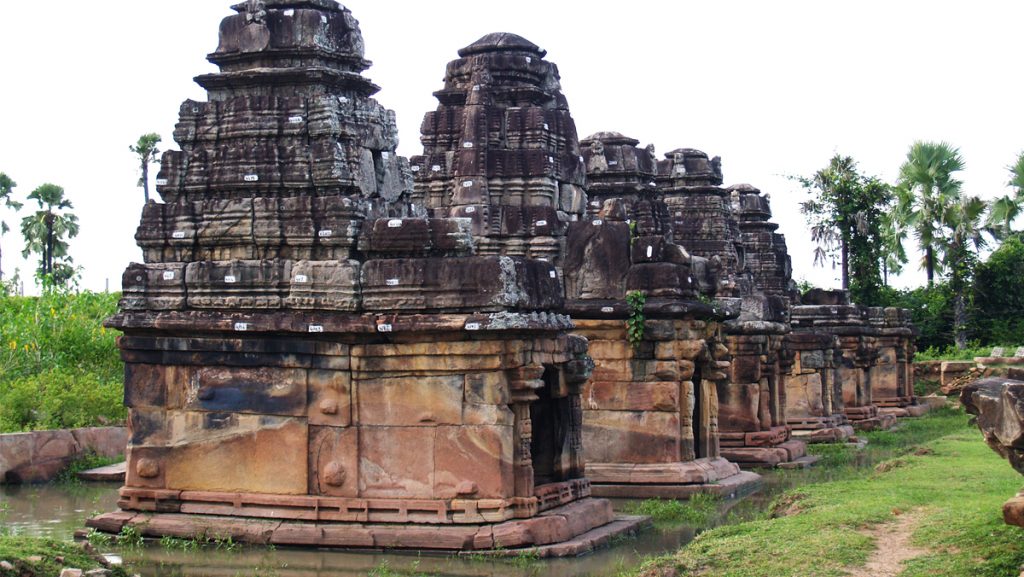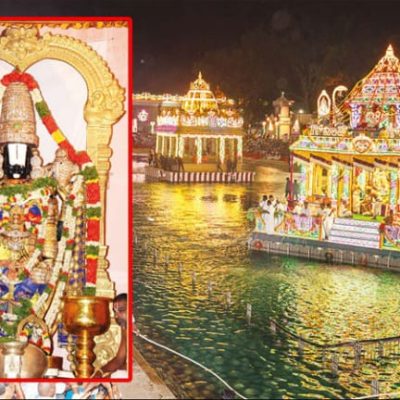Kota Gullu -Ghanpur Temples

Address
Kota Gullu -Ghanpur Temples Baswarajpally Road, Ghanpur, Warangal District, Telangana 506345 India
Diety
Shiva
Introduction
The Ghanpur group of temples are located in Ghanpur mandal headquarters, around 62 kms away from Warangal. temples that are locate in Ghanpur near Warangal in Telangana, India. It can be reached via Mulug and Palampet and is connected with a regular bus service. The group of temples is a protected monument but nothing has been done to removate or improve it. The temples are in little dilapidated condition. The mud wall around the temple is also dilapidated and these is a growth of wild bushes on it and in the area enclosed by the wall. Moreover, the temple is about 300 meters from the road and only a katcha path leads to it. The Ghanpur group of temples are located in Ghanpur mandal, around 62 km away from Warangal. It is locally known as “Kota Gullu”
Puranic Significance
Exposed to the vagaries of nature and continuous battles, the temple complex is in a dilapidated condition but speaks volumes of the architectural proficiency of the Kakatiyas. Ghanpur temples, popularly known as Kota Gullu, are a group of 12th century stone Kota Gullu were constructed by King Ganapatideva, a ruler of the famous Kakatiya dynasty, during the period 1199–1260 AD. Kota Gullu comprises about 20 temples, all varying in size and design that exhibits the marvelous architectural work by Kakatiyas. Temples are constructed within a double walled stone enclosure. Of all these temples, the main temple, dedicated to Lord Shiva, is the most admirable. There is yet another temple that is dedicated to Shiva, to the north of the main temple, that looks alike in appearance. The other shrine of the temple consists of Garbhagriha and Antarala. The Ghanpur group of temples, comprising of 22 temples constructed within a double walled stone enclosure contain a veritable museum of Kakatiya art and architecture. Among the group of temples, the main temple, which is dedicated to Lord siva is most attractive. The main attraction is of the Sabhamandapa porches. Two madanikas or salabhanjikas, which are on northern side portico, are much more attractive and blithe in their appearance, compared to the famous Palampet(Ramappa Temple) bracket figures. Apart from these, mythical figure brackets such as Gaja-Kesari, Half human-Lion form riding on elephant, Horse-head Lion back on elephant are also arranged under the eves in eastern and southern side porticos. To the north from main temple, there is another temple dedicated t Siva which is exact replica of the main temple. To the south of the main temple, there is a pillared mandap whose central ceiling is decorated with different kinds patma motives. More over nineteen subsidiary shrines consisting of garbhgriha and antarala are placed around the temple. The dilapidated temples in different shapes and sizes are enclosed within a double-walled complex. The centre of the enclosure has a temple dedicated to Shiva and is built on a star-shaped platform similar to the Hoysala temples in Karnataka. The main shrine contains bracket figures of yalis and mandakinis but they lack the beauty of their counterparts in Ramappa. It is here you get to see the detailed carvings; the East side has several sandstone freezes featuring elephants and lotus and a curved granite door frame which leads to the inner sanctum. The mandapa lies to the south side of the main shrine. Six other smaller temples surround it and a sole Nandi bull is located at the centre of the courtyard. Though it was severely damaged during the invasion of Ghiyasuddin Tughlaq in 1323, there is still some magic about the complex. A lot of intricate carvings are still intact and are a visual delight.
Special Features
The most striking feature of the temples is the Sabha mandapa porches. Two madanikas are seen on the northern side of the portico. The eastern and southern porticos are embellished with several mythical figures of Gaja Kesari, half human-half lion form riding on elephant, and horse-head lion back on elephant. The inscription slab refers to certain Ganapathi Reddy, who installed Lord Ganapeswara and donated land during the reign of Ganapathi Deva (1199-1262 CE) in the cyclic year of “Jaya Nama Samvatsara, Vaisakha Sudha Trayodasi, Bruhaspati Vasaram” (corresponding to 1234-35 CE).
Century/Period/Age
1000 – 2000 years old
Managed By
–
Nearest Bus Station
Palampet
Nearest Railway Station
Warangal
Nearest Airport
Hyderabad





